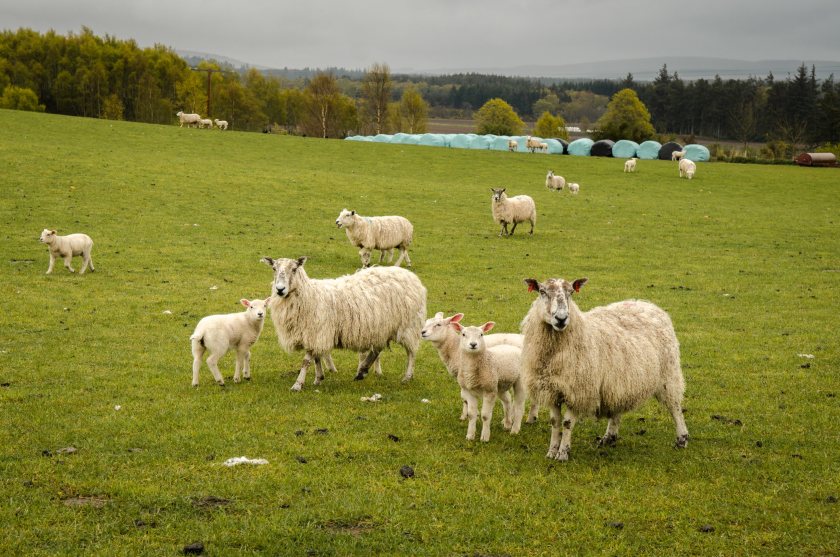
Scotland’s livestock marts will mark the 15th anniversary of the Lamb for St Andrew’s Day campaign this November with community lunches celebrating one of the nation’s most iconic meats.
The initiative, first launched in 2010 by an auctioneer and a farmer, was designed to make eating lamb on 30 November as traditional as turkey at Christmas or haggis on Burns Night.
Since then, it has grown into a nationwide celebration, credited with boosting lamb sales both in marts and on supermarket shelves.
The Institute of Auctioneers and Appraisers in Scotland (IAAS) runs the campaign with Quality Meat Scotland (QMS).
Neil Wilson, executive director of IAAS said: “It’s excellent to see the positive impact Lamb for St Andrew’s Day has had for the sector, bringing to the fore the natural goodness of lamb produced here in Scotland and encouraging greater uptake.
“This is down to the generous support and championing of the campaign from farmers, the marts, QMS, schools and local communities.
"We look forward to the buzz of lunches around the country for this year’s Lamb for St Andrew’s Day and seeing farmers and marts coming together to make this happen as they have done so successfully over the years.”
Over the past 15 years, the campaign has expanded from a grassroots idea into a movement spanning restaurants, pubs, schools and even international delegations.
During the Covid period, marts delivered 3.1 tonnes of lamb into 600 schools, reaching 65,000 pupils through Home Economics classes and school lunches. The initiative has also taken Scottish lamb abroad, with St Andrew’s Day dinners hosted in Paris and at COP28 in Dubai.
Back home, the results are clear: lamb prices in marts rose by 13% last November, while consumer research from Numerator shows that the volume of lamb bought per shopping trip increased by the same amount.
Yet Wilson believes there is much more to be done. “Only 9.2% of households bought primary lamb last November which means there is still huge potential for growth. As a whole industry, we need to tell our story and make it a compelling choice for them to pick up in the butcher, supermarket or when eating out.”
Industry figures say lamb faces stiff competition from cheaper proteins such as chicken and pork, while shifting consumer eating habits and cost-of-living pressures have seen many households cut back on red meat.
Campaigners argue that initiatives like Lamb for St Andrew’s Day are vital for raising awareness of its quality, nutritional value and role in Scotland’s food culture.
This year’s campaign will see all 27 marts across Scotland host community lunches around St Andrew’s Day. Wilson said this reflects the true spirit of the marts.
“These events may be for customers, a local school or group, or a fundraising occasion. The main aim is to bring people together to celebrate with one of Scotland’s finest homegrown products.”
To help fund the lunches, marts are calling for donations to the Lamb Bank, which has collected the equivalent of 850 lambs since its launch five years ago.
Contributions can be made as a monetary donation or the value of a lamb at the next sale, with all support acknowledged at the events.
